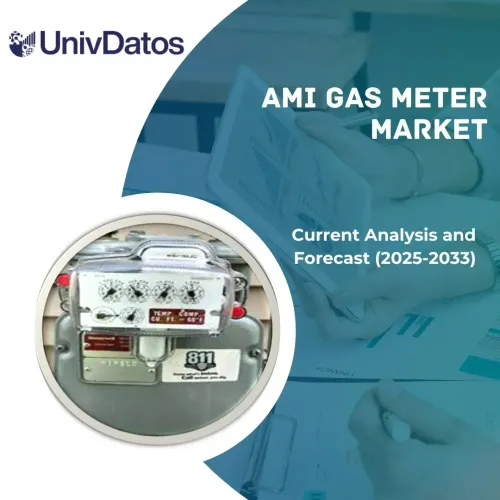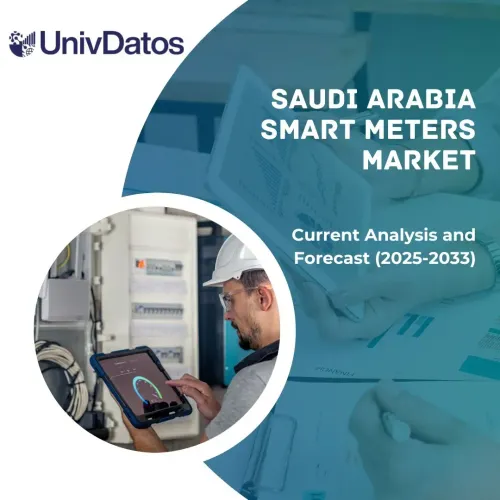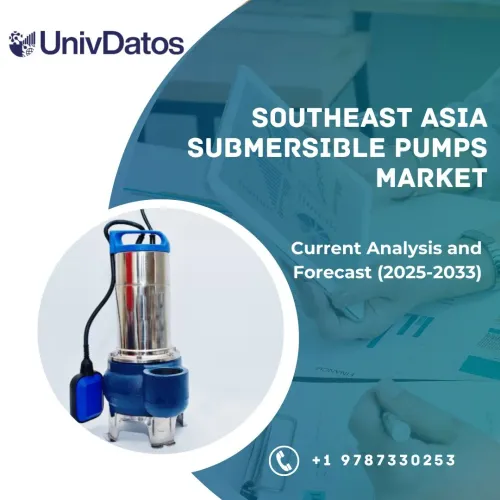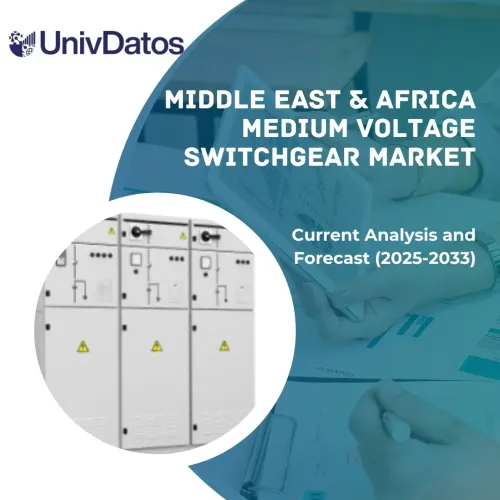- Home
- About Us
- Industry
- Services
- Reading
- Contact Us
Floating Production System (FPS) Market: Current Analysis and Forecast (2021-2027)
Emphasis on Type (Floating Production Storage offloading (FPSO), Tension Leg Platform (TLP), SPAR, Barge and Others); Water Depth (Shallow Water and Deepwater & Ultra-Deepwater); and Region/Country
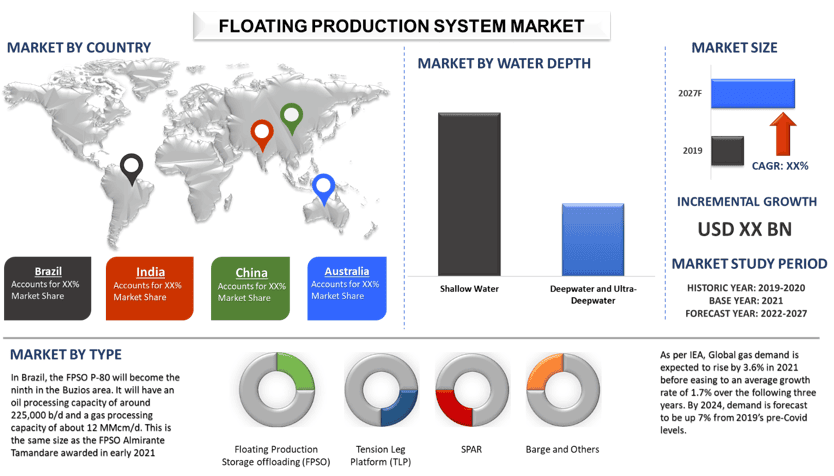
Floating Production System (FPS) Market is anticipated display a CAGR of around 7% over the forecast period (2021-2027). The floating production system market growth is driven by robust investments in the offshore oil & gas and renewable sectors. Increasing deepwater activities and decommissioning of aging offshore infrastructure is likely to offer lucrative opportunities for the market. Moreover, global natural gas consumption is likely to increase more than 40% between 2018 and 2050 and oil consumption continues to grow and the interest in offshore hydrocarbon resources remains strong. Furthermore, increasing investments in energy sector would create more opportunity for market to expand.
In addition, Oil & gas operators are pushing their boundaries in search of new oil & gas reserves in ultra-deepwater, especially the Artic region. According to the US Geological Survey, more than 70% of undiscovered oil resources are estimated to be present in 5 provinces—Arctic Alaska, Amerasia Basin, East Greenland Rift Basins, East Barents Basins, and West Greenland–East Canada..
Keppel Offshore and Marine Ltd., Malaysia Marine and Heavy Engineering SDN BHD, Samsung Heavy Industries Co. Ltd., SBM Offshore NV, Bumi Armada Berhad, Hyundai Heavy Industries Co. Ltd., Mitsubishi Heavy Industries Ltd., TechnipFMC PLC, MODEC Inc., and McDermott International Ltd. are some of the prominent players operating in the Floating Production System (FPS) market. Several M&As along with partnerships have been undertaken by these players to facilitate customers with hi-tech and innovative products/technologies.
Insights Presented in the Report
“Amongst Type, FPSO category to hold significant market share”
Based on type, the Floating Production System market is bifurcated into FPSO, Tension Leg Platform, SPAR, and Barge. In 2020, FPSO to account for significant market share in the global market. Moreover, the depletion of onshore oil deposits, along with the high costs of infrastructure construction, will encourage the deployment of FPSOs as an alternative. The potential of these units to cheaply speed oil and gas procurement will increase their deployment in the future years.
“Amongst Water Depth, Commercial category to witness strong CAGR”
Based on water depth type, the market is segmented into Shallow Water and Deepwater & Ultra-deepwater. The Deepwater and Ultra-deepwater segment grabbed major share market share of the Global Market and gathered revenue of USD XX million in 2020. The segment is expected to grow at a CAGR of XX% during the forecast period. This is mainly due to more technological advancements & countries focus the trend for deeper waters for proposed offshore FPSO, is projected to rise by 2030. The increasing number of finds and exploitation of marginal oil reserves in distant offshore areas, along with the capacity of FPSOs to operate without fixed structure support, will have a favorable impact on market growth. Although the energy transition is already underway, offshore oil and gas will continue to play a key role in providing energy for the world. Thus, maintaining steady growth during the forecast period.
“Brazil to lead Market Growth Between 2021-2027”
Brazil market is one of the largest market growing at a significant CAGR due to growing of new contracts for FPS. The South American nation is expected to continue driving global awards during the forecast, with an additional three FPSOs expected in 2022. Not only is the country delivering more contracts and awards, but the Brazilian projects are expected to be the largest in terms of production capability, the analyst said. For instance, the FPSO P-80 will become the ninth in the Buzios area. It will have an oil processing capacity of around 225,000 b/d and a gas processing capacity of about 12 MMcm/d. This is the same size as the FPSO Almirante Tamandare awarded in early 2021. The FPSO boom in South America is mainly the result of large investments in deepwater exploration and field development. Another important factor has been Brazil’s recent relaxation of local content regulations, which has attracted new international players to the table.
Reasons to buy this report:
- The study includes market sizing and forecasting analysis validated by authenticated key industry experts
- The report presents a quick review of overall industry performance at one glance
- The report covers an in-depth analysis of prominent industry peers with a primary focus on key business financials, product portfolio, expansion strategies, and recent developments
- Detailed examination of drivers, restraints, key trends, and opportunities prevailing in the industry
- The study comprehensively covers the market across different segments
- Deep dive regional level analysis of the industry
Customization Options:
Floating Production System (FPS) market can further be customized as per the requirement or any other market segment. Besides this, UMI understands that you may have your own business needs, hence feel free to connect with us to get a report that completely suits your requirements.
Table of Content
Analyzing the historical market, estimation of the current market, and forecasting the future market of the Floating Production System (FPS) market were the three major steps undertaken to create and analyze the adoption of Floating Production System (FPS) in major regions globally. Exhaustive secondary research was conducted to collect the historical market numbers and estimate the current market size. Secondly, to validate these insights, numerous findings and assumptions were taken into consideration. Moreover, exhaustive primary interviews were also conducted, with industry experts across the value chain of the Floating Production System (FPS) market. Post assumption and validation of market numbers through primary interviews, we employed a top-down/bottom-up approach to forecasting the complete market size. Thereafter, market breakdown and data triangulation methods were adopted to estimate and analyze the market size of segments and sub-segments the industry pertains to. Detailed methodology is explained below:
Seek More Details About Research Methodology
Analysis of Historical Market Size
Step 1: In-Depth Study of Secondary Sources:
Detail secondary study was conducted to obtain the historical market size of the Floating Production System (FPS) through company internal sources such as annual report & financial statements, performance presentations, press releases, etc., and external sources including journals, news & articles, government publications, competitor publications, sector reports, third-party database, and other credible publications.
Step 2: Market Segmentation:
After obtaining the historical market size of the Floating Production System (FPS) market, we conducted a detailed secondary analysis to gather historical market insights and share for different segments & sub-segments for major regions. Major segments included in the report as Type and Water Depth. Further country-level analyses were conducted to evaluate the overall adoption of Floating Production System (FPS) in that region.
Step 3: Factor Analysis:
After acquiring the historical market size of different segments and sub-segments, we conducted a detailed factor analysis to estimate the current market size of Floating Production System (FPS). Further, we conducted factor analysis using dependent and independent variables such as increasing digitalization of industries and urbanization in developing countries. A thorough analysis was conducted for demand and supply-side scenarios considering top partnerships, merger and acquisition, business expansion, and product launches in the Floating Production System (FPS) sector across the globe.
Current Market Size Estimate & Forecast
Current Market Sizing: Based on actionable insights from the above 3 steps, we arrived at the current market size, key players in the Floating Production System (FPS) market, and market shares of the segments. All the required percentage shares split, and market breakdowns were determined using the above-mentioned secondary approach and were verified through primary interviews.
Estimation & Forecasting: For market estimation and forecast, weights were assigned to different factors including drivers & trends, restraints, and opportunities available for the stakeholders. After analyzing these factors, relevant forecasting techniques i.e., top-down/bottom-up approach was applied to arrive at the market forecast about 2027 for different segments and subsegments across the major markets globally. The research methodology adopted to estimate the market size encompasses:
- The industry’s market size, in terms of value (US$) and the adoption rate of Floating Production System (FPS) across the major markets domestically
- All percentage shares, splits, and breakdowns of market segments and sub-segments
- Key players in the Floating Production System (FPS) market in terms of products offered. Also, the growth strategies adopted by these players to compete in the fast-growing market
Market Size and Share Validation
Primary Research: In-depth interviews were conducted with the Key Opinion Leaders (KOLs) including Top Level Executives (CXO/VPs, Sales Head, Marketing Head, Operational Head, and Regional Head, Country Head, etc.) across major regions. Primary research findings were then summarized, and statistical analysis was performed to prove the stated hypothesis. Inputs from primary research were consolidated with secondary findings, hence turning information into actionable insights.
Split of Primary Participants in Different Regions
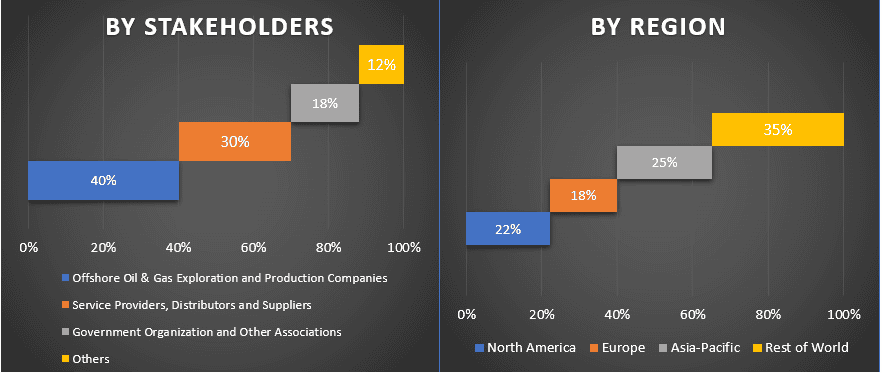
Market Engineering
Data triangulation technique was employed to complete the overall market estimation and to arrive at precise statistical numbers of each segment and sub-segment of the Floating Production System (FPS) market. Data was split into several segments & sub-segments post studying various parameters and trends in the areas of type and their type of the Floating Production System (FPS) market.
The main objective of the Floating Production System (FPS) Market Study
The current & future market trends of Floating Production System (FPS) were pinpointed in the study. Investors can gain strategic insights to base their discretion for investments from the qualitative and quantitative analysis performed in the study. Current and future market trends were determined the overall attractiveness of the market at a regional level, providing a platform for the industrial participant to exploit the untapped market to benefit as a first-mover advantage. Other quantitative goals of the studies include:
- Analyze the current and forecast market size of Floating Production System (FPS) in terms of value (US$). Also, analyze the current and forecast market size of different segments and sub-segments
- Segments in the study include areas of power rating, end-users, and applications
- Define and analysis of the regulatory framework for the Floating Production System (FPS) industry
- Analyze the value chain involved with the presence of various intermediaries, along with analyzing customer and competitor behaviors of the industry
- Analyze the current and forecast market size of the Floating Production System (FPS) market for the major region
- Major regions studied in the report include North America (the U.S, Canada, and Rest of North America), Europe (Germany, United Kingdom, France, Spain, Italy, and Rest of Europe), Asia-Pacific (China, Japan, India, Australia, and Others), and the Rest of the World
- Company profiles of the Floating Production System (FPS) market and the growth strategies adopted by the market players to sustain in the fast-growing market
- Deep dive regional level analysis of the industry
Related Reports
Customers who bought this item also bought

